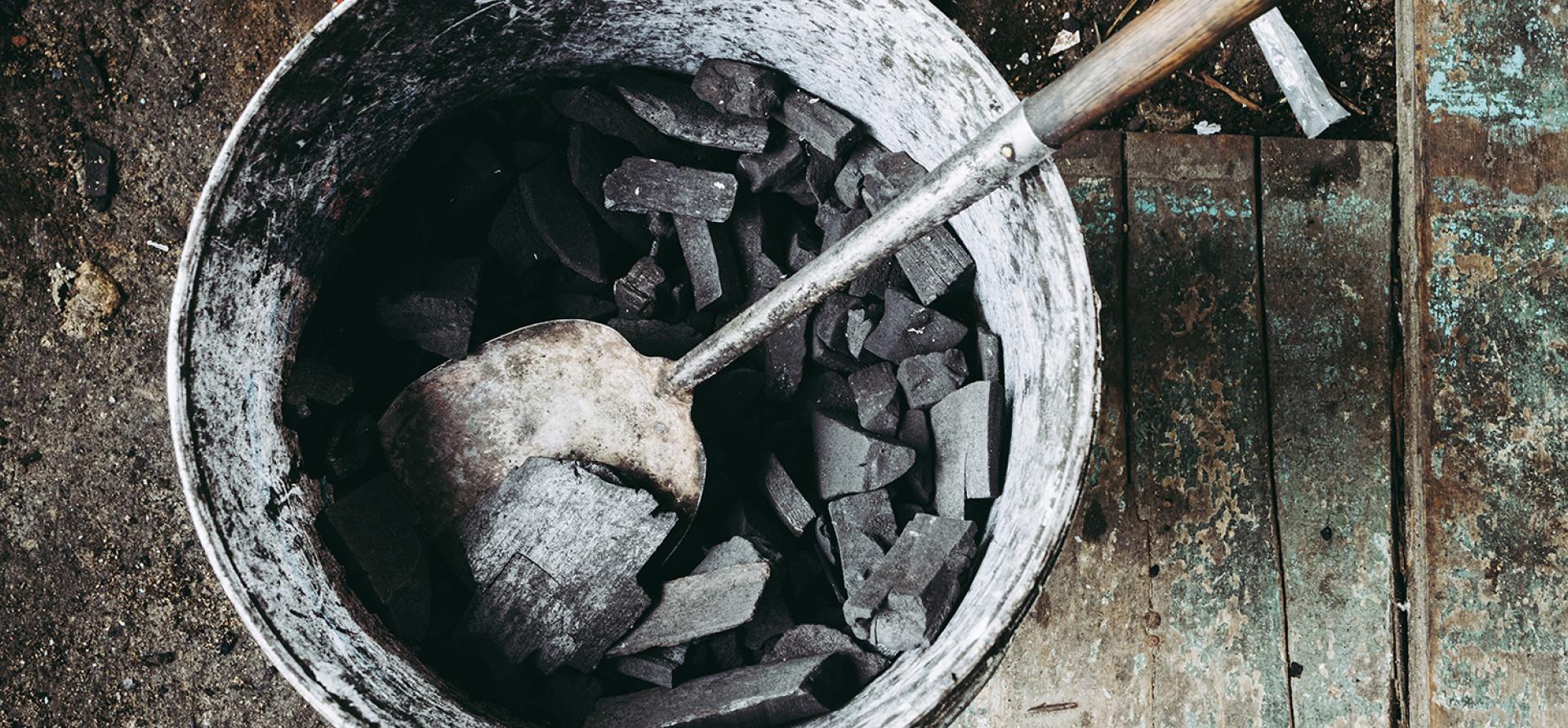Powder River Basin coal industry is in long-term decline
Download Full Report

Key Findings
Powder River Basin producers of thermal coal are almost totally dependent on the domestic power industry, which is becoming an increasingly less reliable consumer.
Coal consumption for electricity generation has been on a downward trajectory across the U.S. for a decade, intensifying competition among producers that collectively are chasing a shrinking market.
Meanwhile, the ascension of wind- and solar-power generation continues. Driven by cost advantages and technological gains, wind and solar together generate more than 10 percent of electricity nationally, up from just 2 percent a decade ago.
Executive Summary
In the broad and fast-moving transition occurring across U.S. electricity-generation smarkets, no region stands at greater economic risk than the coal-rich Powder River Basin of Montana and Wyoming.
The PRB, as the basin is known for short, for years has produced roughly 40% of the coal used in power generation nationally, and the vast majority of the region’s coal has gone into that sector. Demand for PRB coal has been driven historically by federal coal-lease policy, expanding energy markets, and the fact that it can be inexpensively strip-mined—as opposed to extracted from underground seams—and is relatively low in sulfur and ash content.
Yet today the region is losing its customer base as utilities across the U.S. embrace a wave of technology disruptions that have brought lower-cost generation from natural gas and renewables, especially wind and solar, creating competition that is driving coal-fired power plants out of business. The U.S. market for thermal coal— that is, coal used for electricity generation—is in long-term structural decline, a trend that spells erosion in demand for PRB coal.
This shift raises major issues for local economies. PRB coal production directly employed 5,723 people in Montana and Wyoming in the fourth quarter of 2018, and coal mining contributes a major part of the tax base in at least three Montana counties and five Wyoming counties.
This report presents a breakdown of how PRB mines have been affected by the electricity sector’s transition nationally and—perhaps more important—it suggests how those mines will likely be affected going forward.
Three categories emerge:
- The most vulnerable PRB mines, including Absaloka and Rosebud (both owned by Westmoreland Coal), are dependent on single-customer operations or plants that are already scheduled to retire.
- Mines with lower-quality coal that have slightly broader customer bases, some of which have better-diversified and financed owners but are at substantial risk nonetheless, including Rawhide (Peabody Energy), Coal Creek (Arch Coal), Eagle Butte (Blackjewel), Belle Ayr (Blackjewel), Buckskin (Kiewit), and Cordero Rojo, (Cloud Peak Energy).
- Mines that are in a better position to survive for the longer term based on their comparatively robust customer profiles and (in some cases) largecompany ownership, including North Antelope Rochelle–School Creek (Peabody), Black Thunder (Arch Coal), and Antelope Coal (Cloud Peak).
This report also includes an overview of trends in U.S. electricity production and explains how those trends continue to diminish demand for coal. It touches as well on major technology advances that are driving change, notably in the rise of windpower generation and the nascent but rapid emergence of solar.
And it notes, importantly, how two initiatives to save the PRB coal industry are unlikely to succeed. The first, a push for greater West Coast exports, is hobbled by foreign competition and local opposition to port expansions. The second turns on efforts to develop “clean coal,” applications that remain economically uncompetitive or technically unfeasible.
Utility companies, as a result of the changing markets described here, are dealing from a newly powerful position in which they operate with less dependence on coal—and from a position that regards coal-fired power as increasingly untenable.
As the U.S. coal fleet ages and deteriorates in efficiency and value, it grows increasingly vulnerable to changes in utility company behavior, which includes considerable ambivalence toward the declining state of the coal sector. Without the robust customer base it had for generations, the U.S. coal industry—the PRB segment of that industry included—cannot continue along a business-as-usual path.
Press release: Coal plants in the PJM region are a losing bet for private equity investors
Please view full report PDF for references and sources.














